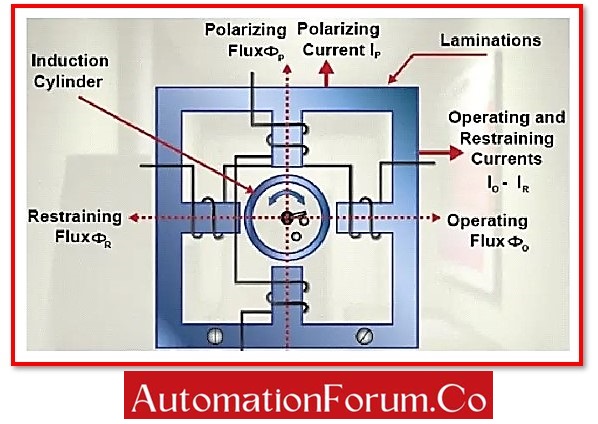What are pneumatic controllers ?

Introduction
A controller is a device that senses differences between a desired condition and measured condition in a process. .The controller will reduce this difference with the help of final control elements in the process.If the final control element is control valve the controller will send signal to open or close the valve to reduce this difference.in this session we are going to discuss about pneumatic controllers
There are Electronic Controllers and Pneumatic Controllers.
Electronic controllers are used in Electronic Loops.
Pneumatic controllers are used in Pneumatic Loops
The Major Parts of the pneumatic Controller
 Pneumatic Controller
Pneumatic Controller
- CASE
Encloses all the internal parts. It protects the working parts of the controller from mechanical damage, dust, dirt and corrosion. It also provides a means for mounting the controller.
- DIAL
Shows the graduated scale range of the controller.
- MEASUREMENT POINTER
Shows the true value of the process variable.
- SET POINT INDEX
Shows the desired value of the process variable. The desired value is usually set by operators.
- OUTPUT GAUGE
Indicates the 3 – 15 psi output pressure of the controller.
- CONTROL RELAY ASSEMBLY
Changes the small back pressure to a stronger pressure.
- AUTO/ MANUAL TRANSFER SYSTEM
Permits switching between Manual to Automatic or Automatic to Manual Operation.
- REGULATOR
Adjusts the output pressure when the controller is set to Manual.
- CONTROL UNIT
Is the assembly of proportioning lever, proportioning bellows, reset bellows, striker bar, differential linkage, flapper and nozzle.
- SPAN ADJUSTMENT
(NOT SHOWN, LOCATED BEHIND THE DIAL) Adjusts the measurement pointer to maximum range.
- ZERO ADJUSTMENT
Adjusts the measurement pointer to minimum range.
- RESTRICTOR UNIT (Integral)
Adjusts the effect of integral action added to proportional control.
- RESTRICTOR UNIT (Derivative)
Adjusts the effect of adding derivative action to a proportional plus integral controller. Derivative action makes the process settle down back to the set point in a much quicker time.
- MEASURING ELEMENT
Changes the process signal of mechanical movement. Measuring elements of the controller are available in three different types (optional).
- Bellows
- Helical bourdon tube
- Spiral bourdon tube
- LINEARITY ADJUSTMENT
Places the pointer movement in the correct starting point for equal or uniform incremental position of pointer travel with respect to the input value.
Working Principle of pneumatic controllers

The Controller continuously detects the difference between a process measurement and its set-point, and produces an output air signal of 3 to 15 psi.
The output signal is transmitted to a control valve or other control device. The process measurement, set point and output signal are indicated on the controller.
The simplified diagram in figure shows how the parts of the controller work together to control a process variable. Follow the sequence of numbers through the description to understand how the controller works.




